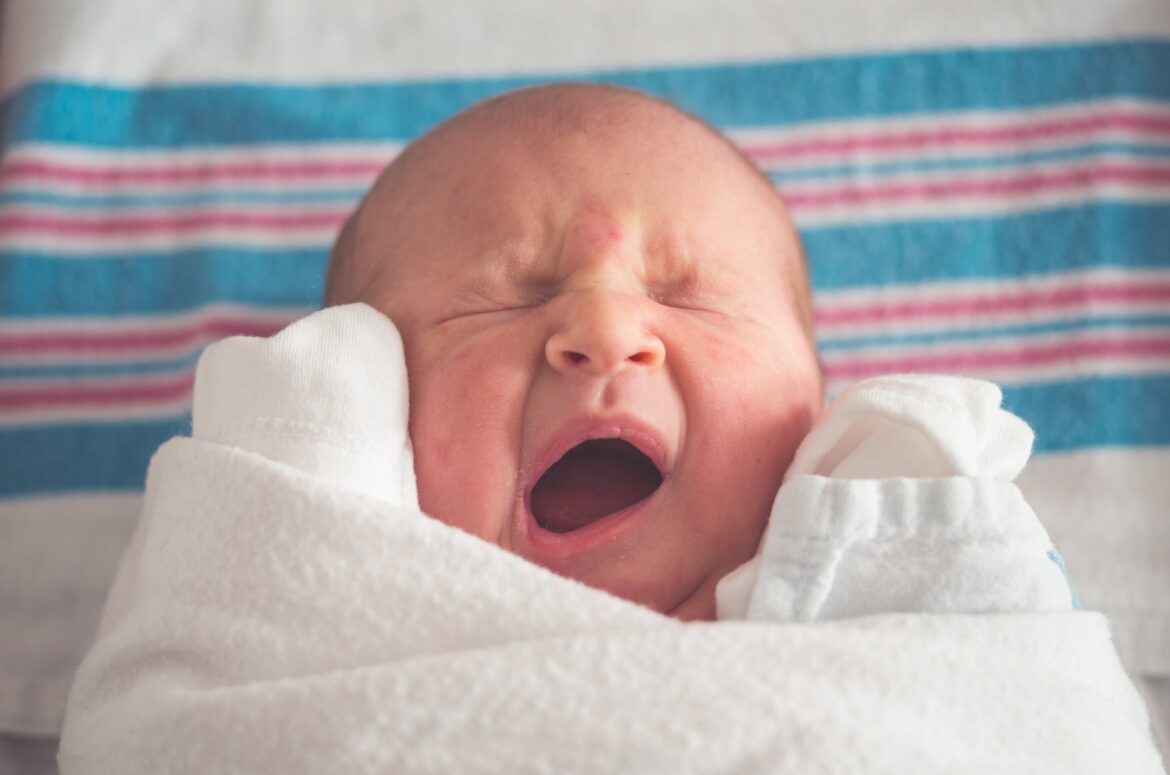Our Spring issue is out now! The theme is Beauty. Our parenting correspondent Anna Cole shares her parental tips— Dive on in!
Is Your Baby Good?
BABY’S CRY IS A PHYSIOLOGICAL REACTION TO THEIR PRIMARY NEEDS
When I was the mother of a newborn baby, some 17 years ago now, I had a moment of illumination, thanks to my friendship, born with our babies as we bonded at a homebirth midwives gathering for expectant Mums, with Founder and Director of Illuminated Arts, Melissa Jo Smith. Melissa Jo helped explode the notion that a ‘good baby’, meant a baby who did not cry.
Melissa remembers long before being a mother herself, working as an au pair as a 17-year-old in Florence, Italy: “I was constantly stopped with my tiny charge, Sophia: ‘E mascile o feminile? (Is it a boy or a girl?); ‘Quanti mese hai?’ (How old is she?), ‘Come ti chiama’ (What’s her name?).” Some 17 years later as a new Mum herself, the question Melissa Jo was repeatedly asked on the streets of England where she lived was different: “Is he good?”.
It occurs to me now as I remember this and re-read Melissa’s reflections on it published at the time, that along with her keen insight that ‘good’ equated in England to a baby that didn’t cry, I wonder if mothers of baby boys are more often asked that question than parents of little girls? Little girls are after all, in the words of the traditional nursery rhyme, ‘sugar and spice and all things nice’. I digress a little with my musings here about gender. The point I want to make here is the one Melissa Jo illuminated me about at the time and which I’ve never forgotten: When people refer to a ‘good’ baby they generally mean one who doesn’t cry very much, who is easily settled, compliant and happy.
However a baby who does not cry may be one that simply does not have normal signalling abilities. As she explored this topic as a new Mum, Melissa came across the ground-breaking 1971 classic, ‘The Growth of Sociability’, by Rudolph Schaffer, who notes that the mothers of children subsequently diagnosed with a form of autism ‘usually described them as ‘very good babies’; on closer inquiry, it emerged that in all these cases, being ‘good’ referred to an almost complete absence of the ability to cry in situations where this response could normally be expected to occur. This may be an extreme example, but it serves to illustrate the fact, as Melissa Jo pointed out to me all those years back, that compliance may not always indicate an amenable temperament or a happy baby.
I’ll let MJ continue with her story: “When people asked if my baby Raphael was good, I always asked, ‘What’s a bad baby?’. The usual response was: ‘One who cries all the time’. Crying in infants and children is a signalling device to alert parents to the fact that the baby is hungry, thirsty, tired, cold, lonely or over-stimulated, so why do we perceive it as bad?”
According to early research by Thomas, Chess, Hertzig, Birch and Korn, ‘Behavioural Individuality in Early Childhood’ (1963): ‘A child’s temperament determines the adult’s perception of that child. If the parent can meet the child’s needs, parents get smiles and positive feedback, the parents feel good about themselves and feel the child to be ‘easy’. When a child is harder to take care of, needs are difficult to determine, responses are negative and nothing seems to ‘work’, the problems are perceived by others to be the parent’s fault and the child is ‘difficult’. As Melissa Jo concluded at the time, it’s very hard for the parents of a crying baby to bask in the glow of contented parenthood. Their time is usually spent racking their brains for solutions and answers.
And here’s the good news. There are some answers to how we can respond to a crying baby that will make a difference both to our child and to our self-perception as parents. Different from cry it out, where a baby is left on its own to cry, supported crying, a tool called Staylistening, is where a parent stays close by, offering gentle touch and eye contact that can bring a deep sense of relief and calm for a baby, leaving them settled and better able to sleep.
Babies cry to communicate – it’s really a powerful way for them to make sure we hear them! A baby may cry because she is tired, or lonely, but also when she is working on letting go of some of the overwhelming feelings from her journey into the world, or even to release her overflowing cup of stimulation. Keep in mind, a loud motorcycle zooming by outside or even a strong perfume can be too much for a sensitive newborn. A baby can’t turn to a friend and say “Wow, that was loud” and so crying is the baby’s only tool to process feelings.
It can help some to think and talk about what it was like for you to cry as a child, and how you feel about not always knowing the right thing to do with your baby, what it’s like to not have enough sleep and to still have this little one need you so much. You’ll begin to dig deep into why and how crying affects you and know that even when your baby cries – a lot – you are good, and so are they!
Anna Cole is qualified Instructor and Regional Lead for the UK & Ireland for Hand in Hand Parenting. Next issue Anna will dig deeper into the paradigm-shifting tool of Staylistening. Stay tuned.For more support or information about the ideas in this article contact anna@handinhanparenting.org.
With thanks to Melissa Jo Smith, her article ‘Is he good’ was originally published in Junior. Pregnancy and Baby, August, 2005. Find out more about Illuminated Arts at illuminated-arts.com


